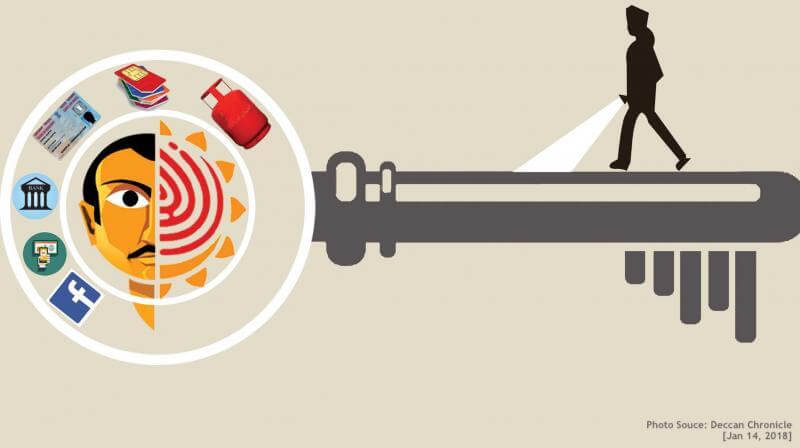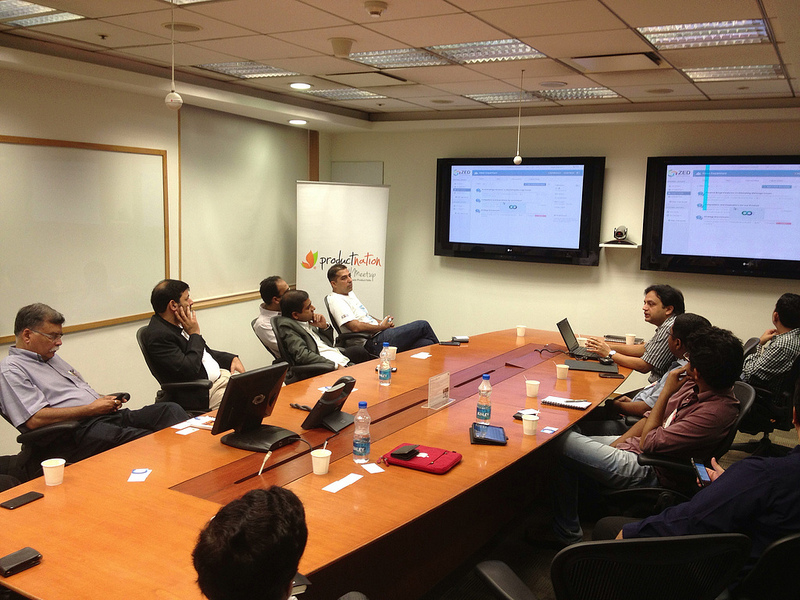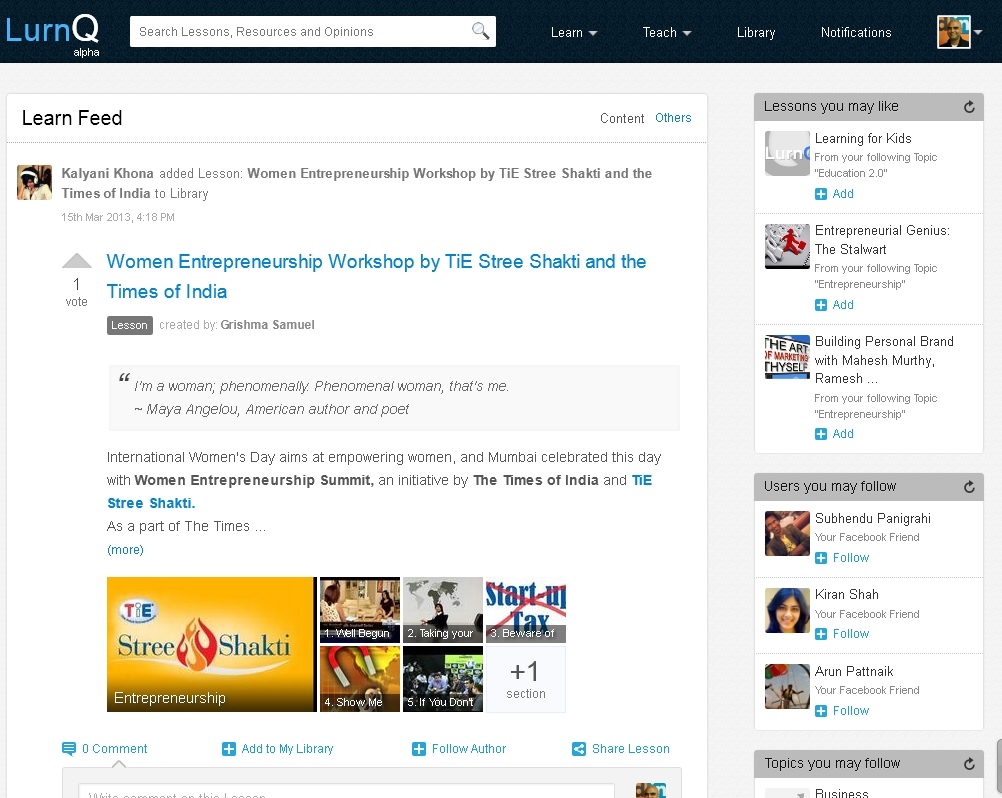In 1941, soon after he had secured an unprecedented third term as President of the United States, Franklin D. Roosevelt mobilised the US Congress to pass the Lend-Lease Act. Its context and history are storied. British Prime Minister Winston Churchill famously wrote to FDR requesting material assistance from the United States to fight Nazi Germany — “the moment approaches when we shall no longer be able to pay [to fight the war]”. FDR knew he would not get the American public’s approval to send troops to the War (Pearl Harbor was still a few months away). But the importance of securing the world’s shipping lanes, chokepoints, manufacturing hubs and urban megalopolises was not lost on the US President. Thus, the Lend-Lease Act took form, resulting in the supply of “every conceivable” material from the US to Britain and eventually, the Allied Powers: “military hardware, aircraft, ships, tanks, small arms, machine tools, equipment for building roads and airstrips, industrial chemicals, and communications equipment.” US Secretary of War Henry Stimson defended the Act eloquently in Congress. “We are buying…not lending. We are buying our own security while we prepare,” Stimson declared.
The analogy is not perfect, but FDR’s Lend-Lease Act offers important lessons for 21st century India’s digital economy. Our networks are open; our public, electronic platforms are free and accessible to global corporations and start-ups; our digital infrastructure is largely imported; and — pending policy shifts — we believe in the free flow of information across territorial borders. India has made no attempt, and is unlikely in the future, to wall off its internet from the rest of the world, or to develop technical protocols that splinter its cyberspace away from the Domain Names System (DNS). While we have benefited immensely from the open, global internet, what is India doing to secure and nourish far-flung networks and digital platforms? The Land-Lease Act was not just about guns and tanks; a quarter of all American aid under the programme comprised agricultural products and foodstuff, including vitamin supplements for children. The United States knew it needed to help struggling markets in order to build a global supply chain that would serve its own economic and strategic interests. Indeed, this was the very essence of the Marshall Plan that followed a few years later.
In fact, India’s digital success story itself is a creation of global demand. When the Y2K crisis hit American and European shores, Indian companies stepped up to the plate and offered COBOL-correction ‘fixes’ at competitive rates. In the process, Western businesses saved billions of dollars — and Y2K made computing ubiquitous in India, which in turn, added great value to the country’s GDP.
Therefore, there are both security-related concerns and economic consequences that should prompt India to develop “digital public goods” for economies across Asia, Europe and Africa. Can India help develop an identity stack for Nigeria — a major source of global cyberattacks — that helps Abuja mitigate threats directed at India’s own networks? Can we develop platforms for the financial inclusion of millions of undocumented refugees across South and Southeast Asia, that in turn reduces economic and political stress on India and her neighbours when confronted with major humanitarian crises? Can we build “consent architecture” into technology platforms developed for markets abroad that currently have no data protection laws? Can we nurture the creation of an open, interoperable and multilateral banking platform that replaces the restrictive, post-9/11, capital controls system of today with a more liberal regime — thus spurring financial support for startups across India and Asia? Can India — like Estonia — offer digital citizenship at scale, luring investors and entrepreneurs who want to build for the next billion, but do not have access to Indian infrastructure, markets and data? These are the questions that should animate policy planners and digital evangelists in India.
The Indian establishment is not unmindful of the possibilities: in 2018, Singapore and India signed a high-level agreement to “internationalise” the India Stack. The agreement has been followed up with the creation of an India-Singapore Joint Working Group on fintech, with a view towards developing API-based platforms for the ASEAN region. As is now widely known, a number of countries spanning regions and continents have also approached India with requests to help build their own digital identity architecture.
But the time has come to elevate piecemeal or isolated efforts at digital cooperation to a more coordinated, all-of-government approach promoting India’s platform advancements abroad. The final form of such coordination may look like an inter-ministerial working group on digital public goods, or a division in the Ministry of External Affairs devoted exclusively to this mission. Whatever the agency, structure or coalition looks like within government, its working should be underpinned by a political philosophy that appreciates the strategic and economic value accrued to India from setting up a “Global Stack”. In 1951, India was able to successfully tweak the goals of the Colombo Plan — which was floated as a British idea to retain its political supremacy within the Commonwealth — to meet its economic needs. Working together with our South Asian partners and like-minded Western states like Canada, we were able to harvest technology and foreign expertise for a number of sectors including animal husbandry, transportation and health services. India was also able, on account of skilful diplomacy, to work around Cold War-era restrictions on the export of sensitive technologies to gain access to them.
That diplomacy is now the need of the hour. The world today increasingly resembles FDR’s United States, with very little appetite to forge multilateral bonds, liberal institutions, or rules to create effective instruments of global governance. It took tact and a great deal of internal politicking from Roosevelt to pry open the US’ closed fist and extend it to European allies through the Lend-Lease Act. India, similarly, will need to convince its neighbours in South Asia of the need to create platforms at scale that can address socio-economic problems common to the entire region. This cannot be done by a solitary bureaucrat working away from some corner of South Block. New Delhi needs to bring to bear the full weight of its political and diplomatic capital behind a “Global Stack”. It must endeavour to create centripetal digital highways, placing India at the centre not only of wealth creation but also global governance in the 21st century.
The blog post is authored by Arun Mohan Sukumar, PhD Candidate at The Fletcher School at Tufts University, and currently associated with Observer Research Foundation. An edited version of this post appeared as an op-ed in the Hindustan Times on October 21, 2019.





 While the SaaS industry began over 2 decades ago, many say it is only now entering the teenage years. Similar to the surge of hormones which recently brought my teenage daughter face-to-face with her first pimple. And she is facing a completely new almost losing battle with creams and home remedies. In the same vein, convergence of
While the SaaS industry began over 2 decades ago, many say it is only now entering the teenage years. Similar to the surge of hormones which recently brought my teenage daughter face-to-face with her first pimple. And she is facing a completely new almost losing battle with creams and home remedies. In the same vein, convergence of 






 Online collaboration is a method that gives the ease of access to work together with your team online simultaneously. Over the last few years, online collaboration has got a few adjustments done and all we can say, yes, it is better than ever. The World Wide Web has exploded with information, there are new ideas created, implemented, and trashed every day. Restricting yourself to one idea at one location is not doing justice to the race of technology. This is where online collaboration tool comes into play. If you have the right tools, using the technology to your advantage becomes even easier. Co-founded by BITS Pilani alumni
Online collaboration is a method that gives the ease of access to work together with your team online simultaneously. Over the last few years, online collaboration has got a few adjustments done and all we can say, yes, it is better than ever. The World Wide Web has exploded with information, there are new ideas created, implemented, and trashed every day. Restricting yourself to one idea at one location is not doing justice to the race of technology. This is where online collaboration tool comes into play. If you have the right tools, using the technology to your advantage becomes even easier. Co-founded by BITS Pilani alumni  Frambench is currently focused on expanding their paid user base and making it popular amongst lawyers, architects, consultants and other professional groups with attractive pricing structure and options. This they believe can be achieved via strategic partnership with various large players across the globe. The team is also exploring series of fund raising with well-known venture capitalists in India and the United States.
Frambench is currently focused on expanding their paid user base and making it popular amongst lawyers, architects, consultants and other professional groups with attractive pricing structure and options. This they believe can be achieved via strategic partnership with various large players across the globe. The team is also exploring series of fund raising with well-known venture capitalists in India and the United States.


 Sumeet Anand: Our key offering is the “Kreeo Enterprise” product and solutions around it. Kreeo helps organizations to enable information discovery, collaboration and co-creation among people to synergize them as a corporate mind. We strive to facilitate better expression, creation and management of knowledge in ecosystems and to address the needs of a future driven by Big Data, open data and linked data.
Sumeet Anand: Our key offering is the “Kreeo Enterprise” product and solutions around it. Kreeo helps organizations to enable information discovery, collaboration and co-creation among people to synergize them as a corporate mind. We strive to facilitate better expression, creation and management of knowledge in ecosystems and to address the needs of a future driven by Big Data, open data and linked data.














